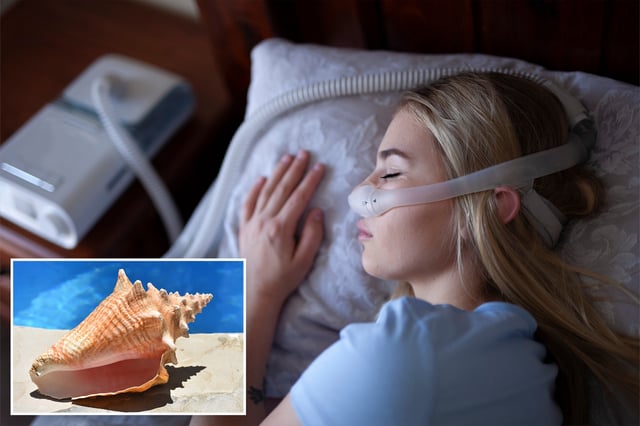Overview
- In a randomized controlled trial of 30 adults with moderate OSA, participants practicing conch shell blowing for six months experienced 34% less daytime sleepiness, four to five fewer breathing interruptions per hour and improved nighttime oxygen levels compared with a deep-breathing control.
- Investigators propose that the forceful, sustained exhalation into the spiraled shankh generates airflow resistance and vibration that may tone upper-airway muscles to keep airways open during sleep.
- The research team has announced plans for a larger multicentre trial to validate these findings in a broader population and to directly compare shankh blowing with continuous positive airway pressure therapy.
- External experts and patient charities describe the results as intriguing but emphasize that the trial’s small scale and short duration preclude recommending the technique as a replacement for established treatments.
- If validated, this ancient yogic practice could offer a low-cost, non-invasive adjunct or alternative for patients who struggle with or lack access to CPAP.



